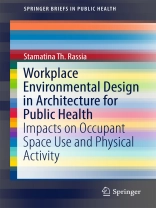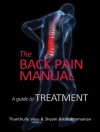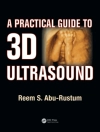This concise volume analyzes the potential for the workplace environment—where so many people spend so much of their day—to improve workers’ capacity for health and wellness. It pinpoints the link between sedentary lifestyles and poor health, and explores the role of office spatial design in encouraging physical activity to promote physical activity, health and prevent disease. The featured research study tracks workers’ movement in a variety of office layouts, addressing possible ways movement-friendly design can co-exist with wireless communication, paperless offices, and new corporate concepts of productivity. From these findings, the author’s conclusions extend public health concepts to recognize that influencing population-wide levels of activity through office architectural design alone may be possible.
This Springer Brief is comprised of chapters on :
- Physical activity and disease: Theoryand practice
- Space-use and the history of the office building
- Identifying factors of the office architectural design that influence movement,
- Interdisciplinary research methods in studying worker physical activity, decision-making and office design characteristics
- The KINESIS model for simulating physical activity in office environments
The questions and potential for solutions in
Workplace Environmental Design in Architecture for Public Health will interest and inform researchers in interdisciplinary topics of public health and architecture as well as graduate and post-graduate students, architects, economists, managers, businesses as well as health-conscious readers.
Зміст
Part 1: P
hysical activity and disease: theory and practice sets out to demonstrate the relation between physical activity and the promotion of health. This includes presentation of the health-related approach associated with the increasingly sedentary lifestyles across the worldwide populations. It also describes how scientific research demonstrates the value of exploring the design for office site mobility.-
Part 2: Space-use and the history of the office building represents an overview of the history of office architectural design from ancient to present times. Along with recent concepts, theories, and practice, it also introduces ideas on how the workplace is currently changing and how it further develops to respond to the current trends in office working.-
Part 3: Research methods introduces the reader to current methods of measuring and mapping mobility in different environments and disciplines. Based on these, the methodsselected for the purposes of this research are presented.-
Part 4: Identifying factors of the office architectural design that influence mobility illustrates research data collection results on the basis of which statistical analysis is carried out. From this analysis, a quantitative (KINESIS) model is designed.-
Conclusion and further objectives are suggested in the final chapter of this book.
Про автора
Stamatina Th. Rassia is an architect engineer holding a diploma in Architecture Engineering from the National Technical University of Athens (NTUA) in Greece. She has an MPhil in Environmental Design in Architecture and a Ph D in Architecture from the University of Cambridge in the United Kingdom. Dr. Rassia is an expert on topics of public health promotion by architectural design.












